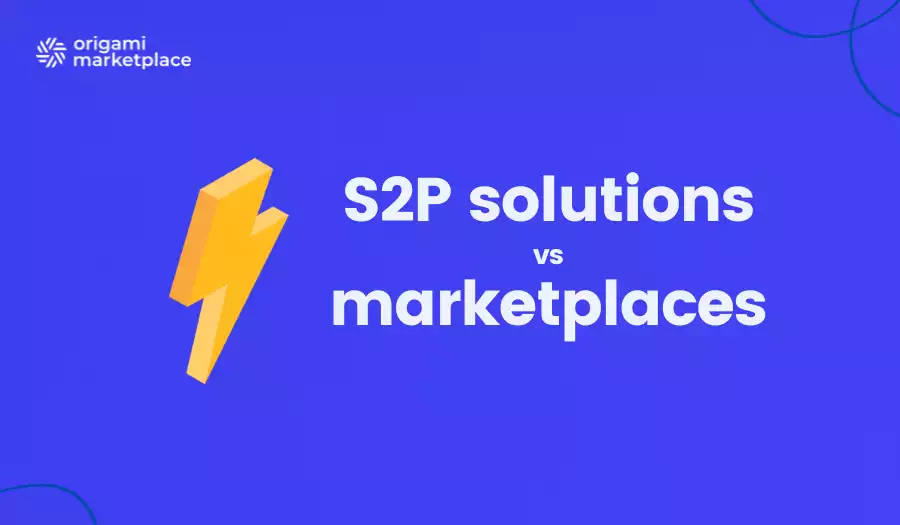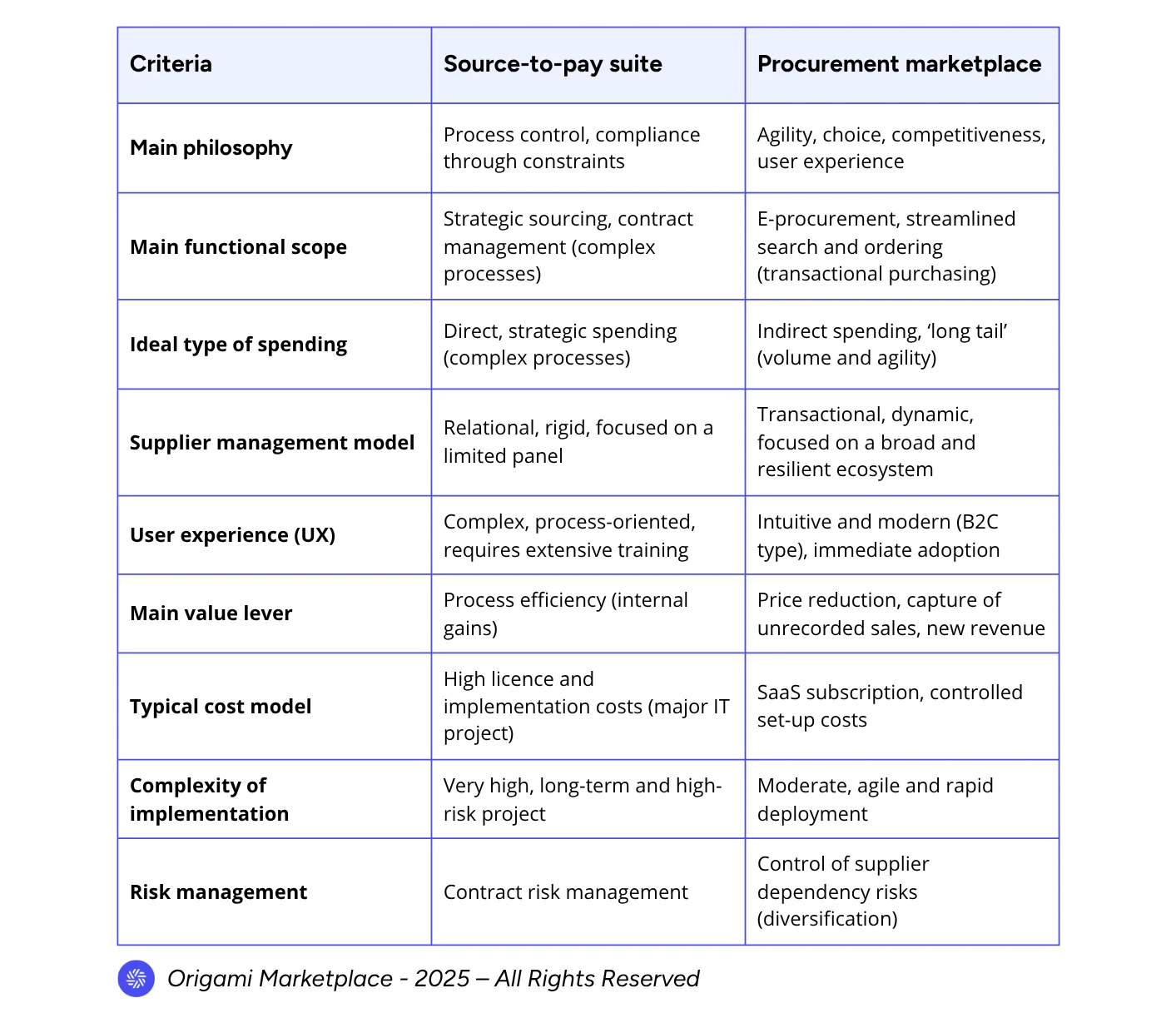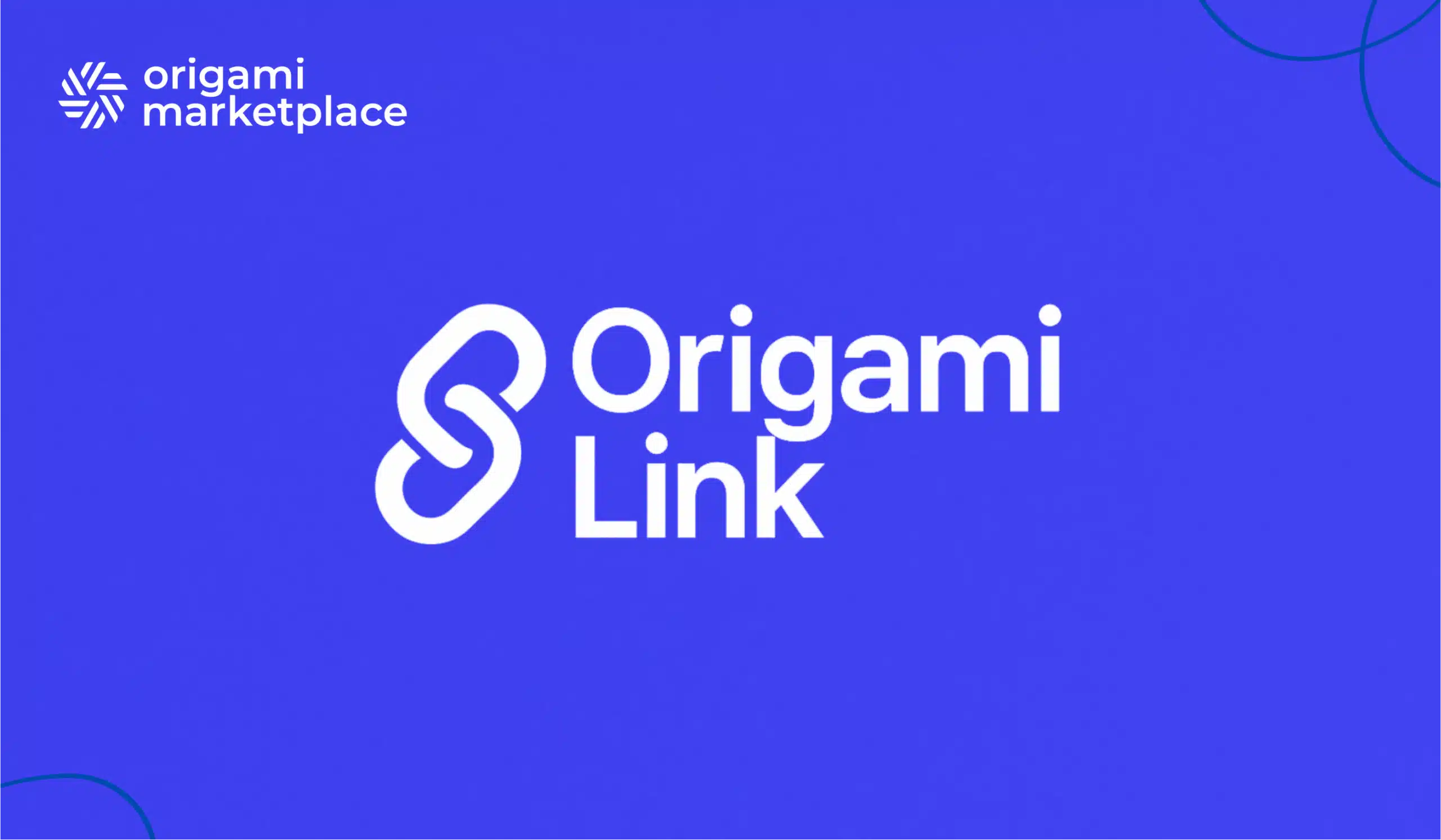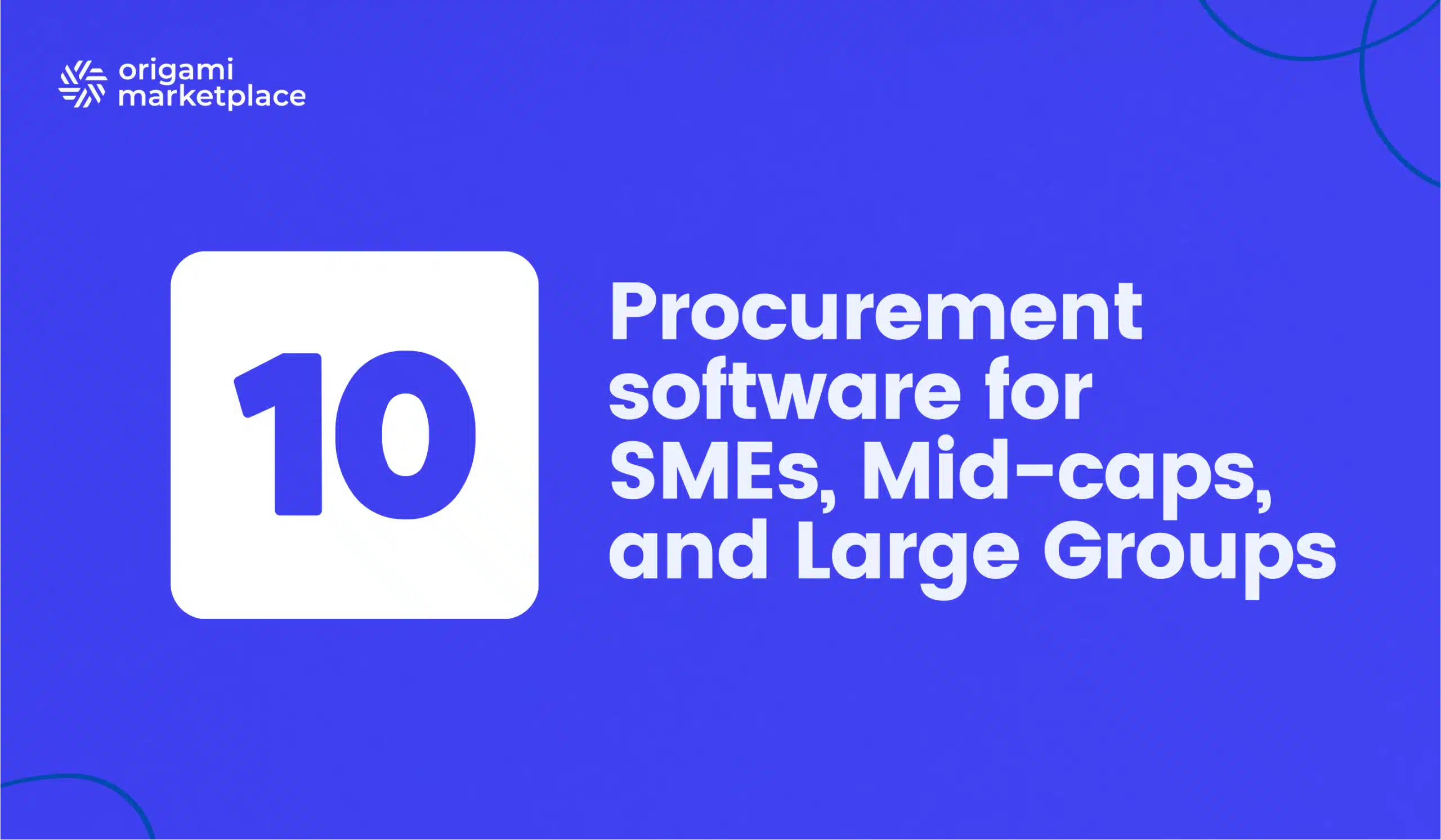Source-to-pay suites vs. marketplace: Which model is right for your procurement needs?
- Emeline Kerloch
- 10 minutes de lecture

The procurement role is at a turning point. It is facing unprecedented challenges, including inflation, supply chain disruptions and CSR requirements. The traditional procurement management model, which focuses on cost control, is proving to be inadequate. To survive and remain competitive, procurement must undergo radical transformation and become a strategic partner that can create value quickly and efficiently. In this quest, digitalisation is not just an option, but the battleground on which future performance will be decided.
Two philosophies are in conflict.
On the one hand is the legacy approach: the integrated source-to-pay (S2P) suite, a bastion of control and rigid processes.
On the other hand is a resolutely modern and open approach: the procurement marketplace, which is designed for agility, choice, and a frictionless user experience. This article demonstrates that the debate is no longer about which model to choose, but rather how to orchestrate the inevitable transition from S2P to marketplace-driven strategic superiority.
- Definition of models: process vs. ecosystem
- Comparative analysis: when agility outperforms rigidity.
- People at the heart: UX, the ultimate judge of procurement performance
- Economic analysis: the hidden ROI of user experience
- The challenge of integration: the flexibility of APIs versus the inflexibility of monolithic systems.
- Towards a hybrid model: the marketplace as the new backbone.
1. Definition of models: process vs. ecosystem
The difference between an S2P suite and a marketplace is not just technical, it is also ideological. The S2P suite stems from a “process-centric” vision, in which the tool dictates user behaviour to ensure compliance. In contrast, the marketplace embodies the “user-centric” revolution, drawing inspiration from the simplicity and efficiency of B2C to create an intuitive shopping experience that naturally encourages adoption and compliance.
The source-to-pay (S2P) suite: the legacy of control
Architecture and scope: a linear vision
Source-to-pay (S2P) is an integrated process that covers the entire purchasing cycle, from strategic sourcing to invoice payment. Designed as a unified solution, the system’s architecture aims to streamline and control every step of the process, including spend analysis, sourcing, contract management, ordering, invoicing, and supplier relationship management (SRM).
Value proposition: promised control
Historically, S2P suites have promised control in the form of visibility into spending and contract compliance, as well as the automation of administrative tasks. These suites were designed to strengthen control and enable data-driven decision-making. However, this control-focused approach often compromises agility and the employee experience.
The procurement marketplace: the power of the platform
Architecture and typologies: an open and agile model
In contrast, a marketplace is a platform that connects a large number of suppliers with multiple buyers. Its tripartite architecture (operators, sellers and buyers) is inherently flexible and can be adapted to several models, including e-procurement marketplaces (private and internal to the company), network marketplaces (for franchises or purchasing groups), e-commerce marketplaces (public, such as Amazon Business), and circular economy marketplaces.
The winning trio of value propositions: choice, competitiveness and experience.
The marketplace’s buyer-centric value proposition is its strength: instant access to a virtually unlimited range of products, prices driven down by real-time competition and a radically simplified shopping experience. The single multi-supplier shopping basket, the ability to easily compare offers, and B2C-inspired ergonomics guarantee widespread and voluntary adoption.
2. Comparative analysis: when agility outperforms rigidity.
Comparing an S2P suite with a marketplace is like comparing a control-focused tool with a performance-focused platform. Although S2P suites promise ‘end-to-end’ coverage, they often reveal a critical weakness at the heart of the purchasing process. This is precisely the area in which marketplaces excel, transforming a structural weakness of the old model into their greatest strength.
Operational scope: the weak point of S2P suites
S2P suites excel in both upstream (sourcing and contracts) and downstream (invoicing) processes. However, they are weak in the ‘Procure’ stage. Their often complex and unintuitive interfaces create major friction for employees who simply want to order a product quickly.
Marketplaces, on the other hand, have built their entire business around this stage. They offer an unrivalled search and ordering experience. They are the ideal solution for managing the ‘long tail’ of indirect purchases (Class C), i.e. numerous low-value, one-off purchases that overwhelm purchasing teams with unsuitable processes.
Supplier management: strategic partnership vs. resilient ecosystem
The S2P suites offer powerful Supplier Relationship Management (SRM) modules for the in-depth management of a small number of strategic suppliers. While this approach can strengthen relationships, it may also create dependencies and reduce resilience.
The marketplace is undergoing a radical paradigm shift. It promotes diversification and competition within a large, dynamic ecosystem of suppliers. This facilitates the discovery and integration of new partners, reducing dependency and increasing supply chain resilience, a crucial asset in an uncertain economic environment.
Catalogue and contract management: past versus present
S2P suites rely on negotiated catalogues and outdated PunchOut technology. By redirecting users to the supplier’s website, PunchOut creates a fragmented experience and prevents easy comparison, making it impossible to create a single, multi-supplier shopping basket.
This approach is made obsolete by the marketplace. It brings together all catalogues on a single interface, where competition takes place in real time — often via a “Buy Box” that highlights the best offer based on criteria such as price, availability or delivery time. Contract management can easily be integrated to offer a flexibility that S2P monoliths cannot match.
Comparison table: S2P suite vs. procurement marketplace

"S2P suites were designed for a world that no longer exists: a world where control took precedence over agility. Nowadays, our customers don't just ask us for insight into their spending; they also want resilience, innovation, and an enjoyable user experience for their employees. The tragedy of S2P is that, by trying to control everything through rigid processes, it has created chaos in the form of uncontrolled purchasing. The marketplace takes the opposite approach: by offering a simple and efficient experience, it encourages adoption and naturally brings spending back under the company's control. At Origami Marketplace, our mission is not only to sell software, but to enable our customers to become the orchestrators of their own procurement ecosystem. We provide them with the means to transform a cost center into an agile, connected profit center."

Julien Bruitte
Ready to turn your B2B, B2C, or C2C marketplace vision into reality?
To help you develop the best platform possible, we’ve gathered all the must-have features, key technical considerations, and best practices in a comprehensive document:
Download the Specifications template 🗒
Perfect for smaller or medium-scale projects without a formal purchasing process. It will help you outline your requirements effectively and streamline your selection process.
Download the Request for Proposal template 📒
Ideal for larger, more complex marketplace projects with a formal purchasing department or advanced procurement policies.
3. People at the heart: UX, the ultimate judge of procurement performance
Regardless of its cost or functional richness, a tool that no one uses is a failure. This is an area in which the marketplace definitively outperforms S2P suites. User experience (UX) is not a detail: it is the main driver of ROI. Poor UX leads to uncontrolled purchasing, destroying all centralisation and negotiation efforts.
Designed for experts, S2P suites impose a level of complexity that puts off 99% of employees. When faced with such a rigid tool, employees simply work outside of it. Although these uncontrolled purchases represent only a small portion of the volume, they can generate up to 70% of processing costs. By offering a radically simple experience inspired by everyday websites, the marketplace becomes the easiest way to buy. It doesn’t enforce compliance; it inspires it.
By providing a superior experience, it naturally captures uncontrolled spending and brings it back into a controlled framework, thereby transforming a major problem into a source of value. Adoption is no longer a challenge, but a logical consequence of intelligent design.
"The first thing I hear from a potential client is, “We’ve invested a lot of money in an S2P suite, but our employees hate it and keep buying things on Amazon with their credit cards.” That’s a symptom of a tool that’s disconnected from users' reality. A marketplace is an agile solution that can be deployed quickly and deliver immediate ROI. The value doesn't just come from savings on contracts; it also comes from capturing 100% of the long tail, where processing costs can be high. Our solution offers a single, intuitive gateway for these purchases and integrates seamlessly with existing ERP systems via APIs. We don't replace everything; we make existing systems smarter, and above all, we provide a tool that people want to use.”

Alexandre Duquenoy
4. Economic analysis: the hidden ROI of user experience
Financial analysis confirms the superiority of the marketplace model. The total cost of ownership (TCO) of an S2P suite is substantial, comprising expensive licences, lengthy and costly implementation projects requiring large numbers of consultants, and complex integrations with ERP systems. The ROI is often limited to internal productivity gains and struggles to justify such an investment.
In contrast, deploying a marketplace, especially in SaaS mode, as offered by Origami Marketplace, is far more agile and economical. The subscription and commission model provides cost flexibility. However, the real value lies in the ROI. This is not limited to process efficiency, but is multiplied by lower purchase prices thanks to competition and a drastic reduction in long-tail processing costs. Above all, it eliminates the massive additional costs associated with uncontrolled purchasing. Furthermore, a marketplace can generate new sources of revenue and become a profit centre.
5. The challenge of integration: the flexibility of APIs versus the inflexibility of monolithic systems.
Although ERP integration is a prerequisite for both models, their approaches differ radically. S2P suites offer in-depth, yet rigid, integrations that are often optimised for a single ecosystem, thereby creating technological dependency.
In contrast, marketplaces are designed with an open, agnostic, API-first architecture. They can integrate with a wide variety of third-party systems, such as ERP, PIM and CRM, with far greater flexibility. This enables the creation of an agile, best-of-breed ecosystem where the marketplace acts as the central procurement hub, connected to other information system components without the constraints of a closed environment.
6. Towards a hybrid model: the marketplace as the new backbone
The debate has moved on from “S2P or marketplace?” to “how will the marketplace absorb and replace the functions of S2P?” The hybrid model is merely a transitional stage. The most effective strategy is to establish the marketplace as the sole, user-friendly portal for all non-strategic purchases, which account for the vast majority of transactions.
The S2P suite can initially be retained to manage the complex processes of strategic purchasing in the background, but value and user experience are created on the marketplace.
This transition redefines the role of the Procurement Department: rather than acting as a “controller”, it becomes an “orchestrator” of the ecosystem. Rather than validating each transaction, its mission becomes qualifying suppliers, defining the platform’s governance rules, and analysing data to guide users. This strategic upgrade transforms Procurement into a real driver of innovation and performance.
Conclusion: it's time to choose the future
Designed for an era of stability and control, S2P suites are no longer suited to the complexity and speed of today’s world. Attempting to evolve them would be akin to trying to fix a broken model. The marketplace is not just an alternative; it represents a paradigm shift.
For procurement departments that truly want to transform their function and create sustainable value, the path is clear:
- Adopt a user-centric philosophy: the success of digitalising procurement depends 100% on user adoption. UX is not an optional extra; it is the foundation of ROI.
- Prioritise agility and the ecosystem: the future belongs to open, connected and scalable platforms, not rigid monoliths. The marketplace model is designed to facilitate this agility.
- Rethink the role of procurement: technology is merely a catalyst. The real challenge lies in evolving the procurement function from a control centre into a market orchestrator and strategic partner that drives performance through data intelligence and the facilitation of exchanges.
It’s no longer a choice between two tools, but between the past and the future. Companies that choose the marketplace model and place user experience and agility at the heart of their strategy are not just optimising their procurement: they are giving themselves the means to win.
The main points of the article in 30 seconds! 🕐
The debate between S2P and the marketplace has been settled. Rigid, expensive and complex S2P suites suffer from low user adoption, which leads to costly maverick spending and a loss of control. In contrast, the marketplace offers a user experience that is intuitive and similar to that of B2C, ensuring mass adoption, capturing maverick spending and maximising control.
By promoting competition and reducing the total cost of ownership (TCO), the marketplace offers a higher ROI and represents a paradigm shift that transforms the procurement function from process controller to strategic orchestrator of its ecosystem. Opting for the marketplace means embracing agility, performance and the future of procurement.
👉 Do you need a comprehensive solution? Contact a specialist provider such as Origami Marketplace to speed up your project. Find out how our innovative, marketplace-based solution can transform your business, regardless of its size, by discovering how our API and partner network can work for you.


